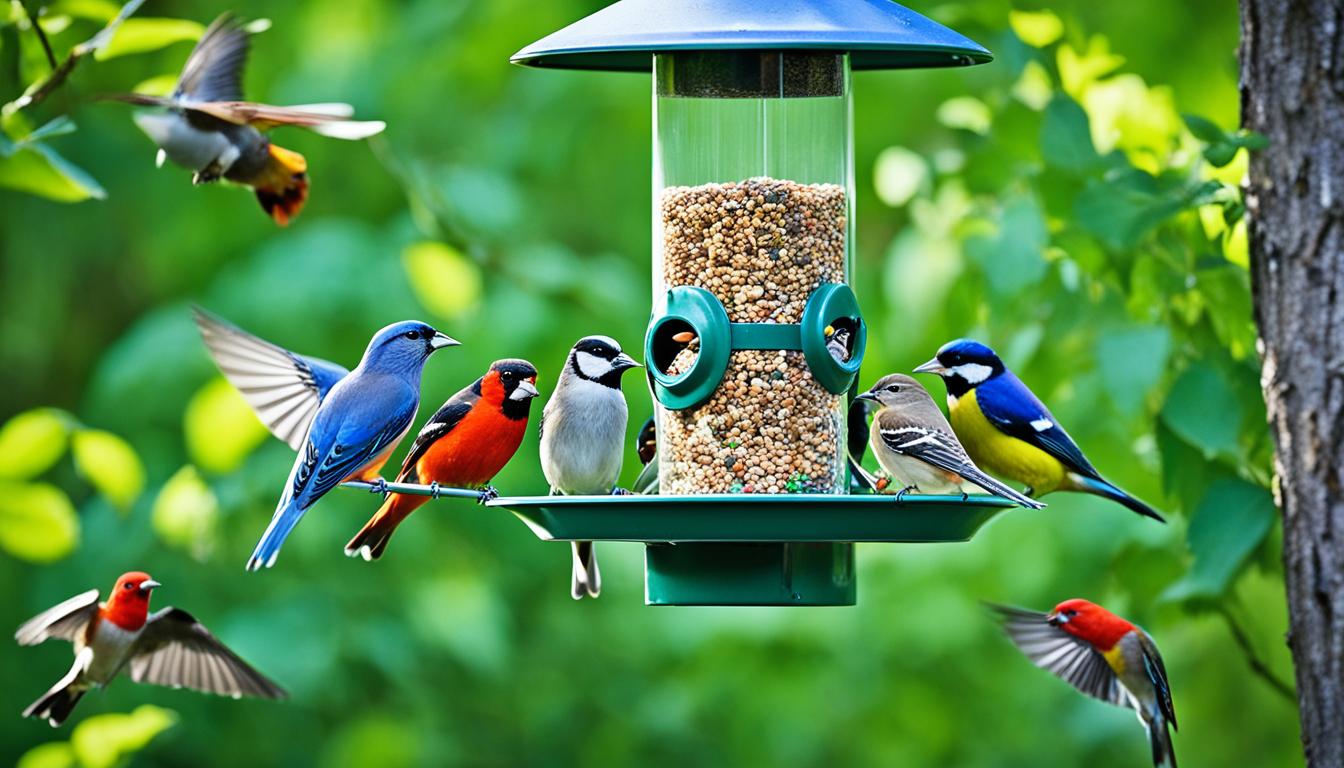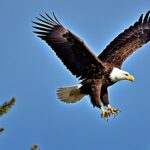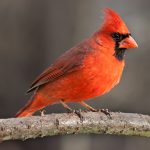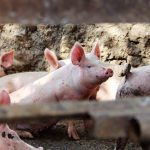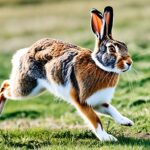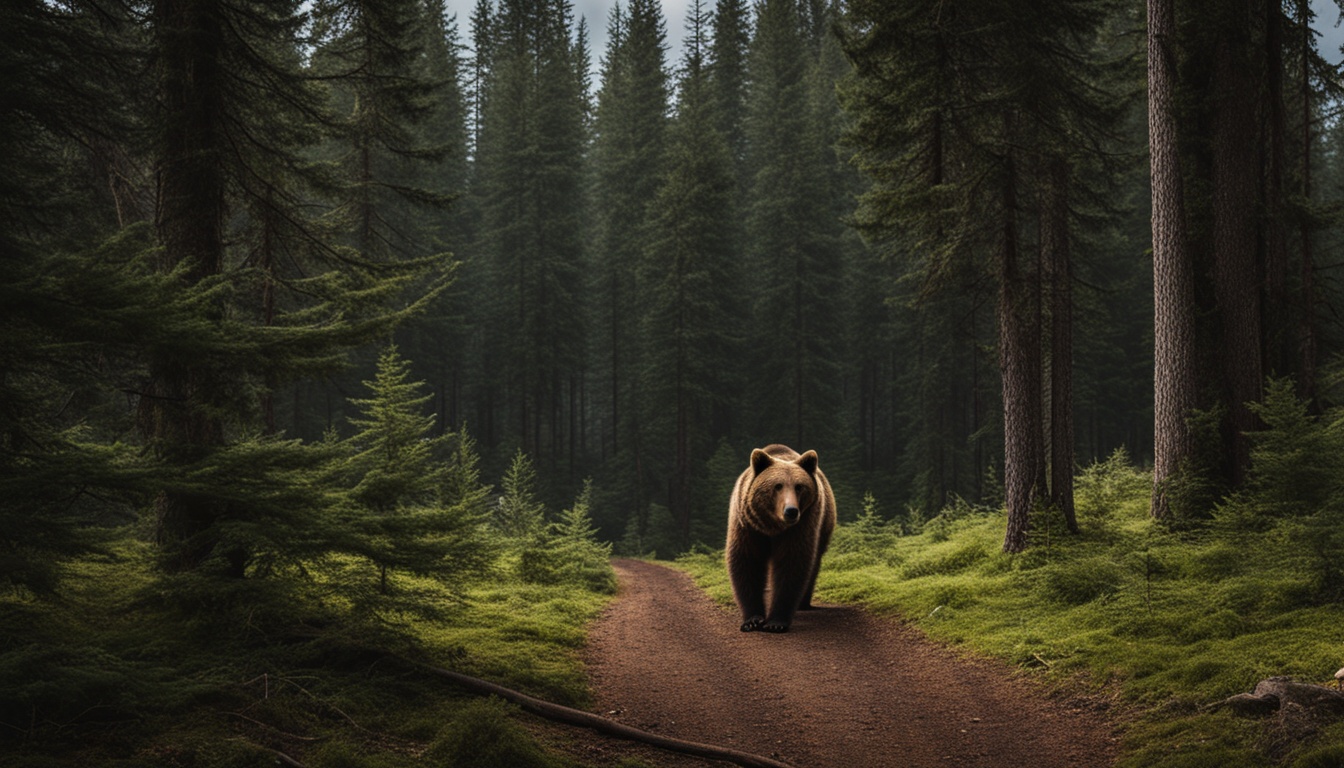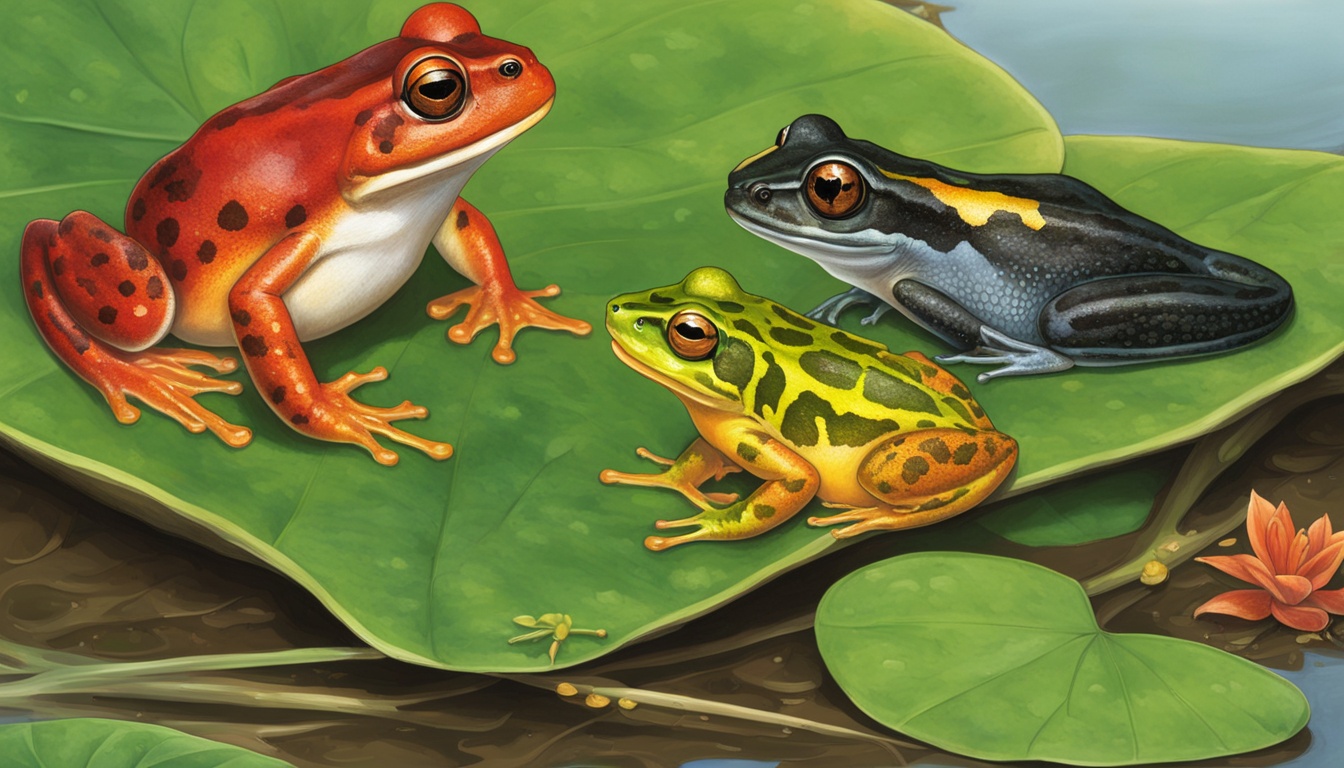Do you want your backyard to be full of native birds? They bring beauty and joy with their sounds. Making your place welcoming to birds is the first step. You need enough green spaces and hiding spots for them.
Just putting up a feeder or a bath isn’t enough. Different birds like different foods and homes. With a bit of planning, you can have many kinds visiting. This turns your yard into a place where birds feel at home.
Find a Bird-Friendly Corner of Your Yard
To enjoy backyard birdwatching, it’s key to pick a good spot in your yard. Look for a place that you enjoy seeing but also gives birds a safe and secure space. Having enough plants around makes birds feel safe, which means more visits from them.
Because birds mark their territory, space is vital. When setting up your yard for birds, place feeders and shelters in different spots. This clever bird feeder placement draws in more birds and helps different species live together. Make sure to spread out the food and shelter to prevent overcrowding.
Provide a Variety of Feeders
Attracting native birds to your backyard means offering many feeder types. Different birds like different foods and eat in varied ways. By using a mix of feeders, you can welcome a wide range of birds. Learn how to choose and place feeders to draw in bird diversity.
Types of Feeders
- Tube Feeders: Small birds such as finches and sparrows enjoy these. They have small seeds and many ports for feeding.
- Suet Feeders: Birds that eat insects, like woodpeckers, find these helpful. They are cages for holding suet cakes, which are high in fat and protein.
- Hopper Feeders: Great for storing a lot of seeds and accessible to many birds. Bird favorites, like cardinals and chickadees, can easily reach these feeders.
- Platform Feeders: Birds that prefer eating on the ground like mourning doves are attracted to these. They are simple trays that hold different types of seeds.
Placement Tips
Where you put your bird feeders matters a lot. Place them at various heights and spots to interest different bird species. Always choose places that offer some cover against predators but are still good for watching birds.
| Feeder Type | Recommended Placement | Target Birds |
|---|---|---|
| Tube Feeders | Hanging from trees or hooks | Finches, Sparrows |
| Suet Feeders | Attached to tree trunks or hanging | Woodpeckers, Nuthatches |
| Hopper Feeders | Mounted on poles | Cardinals, Chickadees |
| Platform Feeders | Ground level or raised platforms | Mourning Doves, Juncos |
Buy the Right Bird Food
Choosing the right food is key to attracting different birds to your backyard. Each bird type has its own favorite foods and nutritional needs. By offering a variety, your yard will be full of life with various bird species.
Popular Bird Seed Varieties
There are many types of bird seeds to please different species. Black oil sunflower seeds are a favorites thanks to their high energy. Suet, especially in the winter, is a great choice for birds that eat insects.
Finches love thistle seeds. Safflower seeds attract cardinals and titmice. Knowing what birds like helps you pick the best food for them.
Nutritional Needs of Different Birds
Birds vary in what they need in their diet. For example, woodpeckers and nuthatches benefit from the fats and proteins in nuts and peanut butter. Bluebirds and wrens need protein, which can be found in mealworms.
By understanding their nutritional needs, you can better welcome a variety of birds to your backyard.
| Bird Species | Preferred Seed | Additional Food |
|---|---|---|
| Finches | Thistle | N/A |
| Woodpeckers | Black Oil Sunflower | Nuts, Peanut Butter |
| Cardinals | Safflower | N/A |
| Bluebirds | N/A | Mealworms |
Add a Water Source
It’s key to have a water source in your backyard to bring in native birds. You can pick a bird bath or a small pond. Either way, clean water is attractive to many bird species. A good setup draws birds in for both drinking and bathing, making them feel welcome.
Bird Bath Installation Tips
To prepare a bird bath, make sure it’s shallow, like 1-2 inches deep. This depth makes it safe and inviting for birds to splash around. Also, put the bath in a shaded spot. This helps the water stay cooler and stops algae from growing.
To increase bird traffic, add a small pump or mister. This extra touch creates moving water, which birds love.
Maintaining Clean Water
Keeping the bird bath water clean is crucial for bird health. Change the water often to stop dirt and algae. A light scrub with eco-friendly cleaner can also help keep it fresh.
In cold places, use a heater or de-icer to prevent freezing. This way, you can enjoy bird watching all year long.
Plant a Bird-Friendly Garden
A bird-friendly garden starts with native plants. They offer food and shelter. By adding different plant layers, you meet birds’ needs. This helps in creating a healthier backyard ecosystem.
Best Plants for Attracting Birds
To make your garden a bird haven, choose the right plants. Things like Glossy Abelia and Serviceberry trees are great. They offer food and shelter. Include Black-Eyed Susans and Bee Balm to attract many bird types.
Creating Layers with Plants
Adding plant layers makes your garden more bird-friendly. Use creeping thyme and elderberry shrubs. Oaks are great for tall trees. They create different spaces for various birds. Colorful flowers bring in hummingbirds and songbirds.
With smart plant choices, your garden supports local birds. This turns your yard into a lively bird paradise.
Provide Plenty of Shelter
Creating a place where birds feel safe involves more than just feeders. Birds need places to hide and rest. You can do this by adding bushes and trees. These make natural shelters. Bird houses with the right hole sizes are important. They keep birds safe from predators.
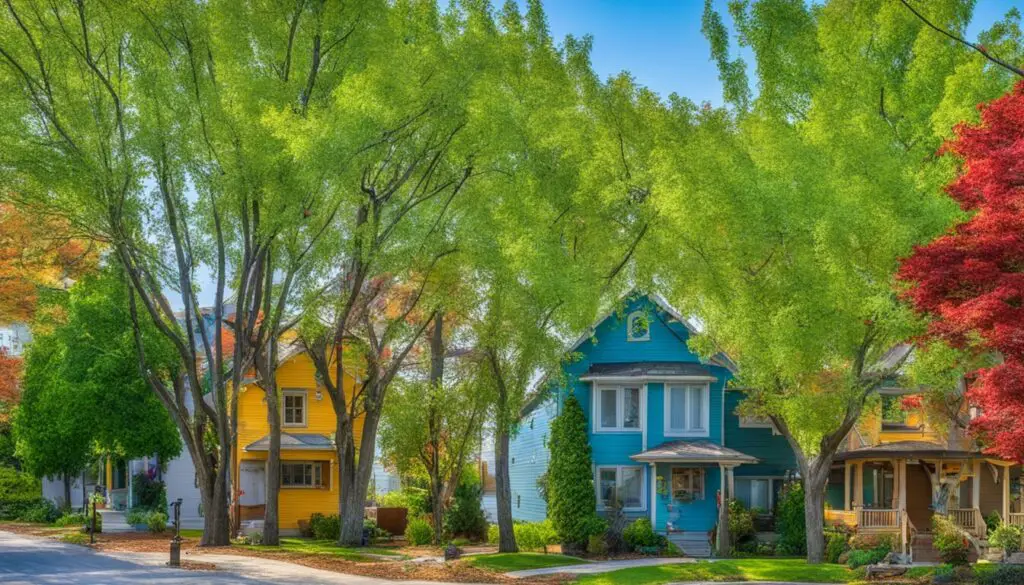
Think about how you landscape your yard for bird-watching. Hedges and thickets are great for cover and nesting. They help birds feel safe. Mixing plants of different heights does more. Not only does it protect birds, but it also attracts a variety of them. Use these ideas to have a lively bird-friendly space in your yard.
Offer Opportunities for Nesting
To make a bird-friendly space, offer safe places for nesting. Varying plants play a big role. The Eastern Red Cedar and American Holly are great. They offer food and are good for nests. Their leaves and branches make a cozy hideout for birds.
You can help with nesting by adding some natural materials. Grass, leaves, and small twigs are a bird’s best DIY nest-building tools. Set up a spot in your yard for these materials. This makes it easy for birds to find what they need.
Don’t forget about birdhouses. They should match what birds in your area like. Place them in quiet areas not disturbed by people or animals. This makes the spot even safer for nesting.
Keeping water available is a big help too. Birds need clean, fresh water, especially when nesting. A bird bath is perfect for this. It also keeps birds healthy and looking their best. Add some bird feeders for a complete bird-friendly setting.
Follow these steps, and your yard will be a bird haven. Everything from plants to birdhouses matters. Together, they build a home for various bird species. Enjoy watching them grow and thrive.
Support Birds Throughout the Seasons
To help birds all year round, change your backyard with each season. Birds’ needs change with every season. Making these changes can keep your yard welcoming for a wide range of wildlife.
In winter, birds need energy foods. Suet, for example, is a great food that provides fats, keeping birds warm. In warmer times, having a water source is key. Fresh water brings in birds, especially in summers when they need it most.
Seasonal birdwatching lets you see bird habits and migrations. A bird identification guide can make this activity more exciting. It helps you identify different species in your yard all year.
Here are tips for each season:
- Spring: Offer nesting materials and ensure there are safe spaces for birds to build their nests.
- Summer: Maintain clean and fresh water sources to prevent dehydration.
- Fall: Provide a mix of seeds and grains to support birds as they prepare for migration.
- Winter: Increase the availability of high-fat foods like suet and peanut butter to help birds generate heat.
Creating a home for various birds helps you see more of them. By changing your backyard as seasons change, you keep it a wonderful place for all types of birds.
Engage with a Birding Community and Conservation Efforts
Being part of the birdwatching community can make your hobby even more fun. It also helps in conservation efforts. You can connect with other bird lovers on social media. This lets you share your bird finds and learn new tips. It builds a network that cares for bird homes.
Joining local bird counting events is another great step. The Audubon Society often organizes these. You get to help collect important data. This data is used to keep track of bird numbers and helps make policies to protect them. Plus, you’ll learn more about the birds in your area.
You can also make your yard friendly to birds by getting certified. Groups like the National Wildlife Federation do this. They check your yard to see if it’s good for different bird types. Getting certified makes you proud. It also inspires others to do the same. By doing this, your home plays a big role in saving birds for the future.

